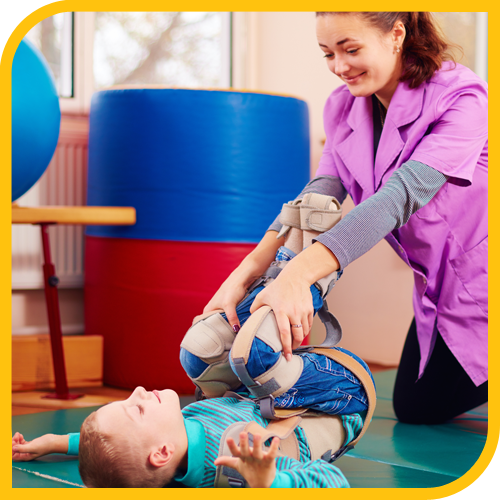
Physical Therapy
The goal of physical therapy is to make daily tasks and activities easier. For example, it may help with walking, going up stairs, or getting in and out of bed.



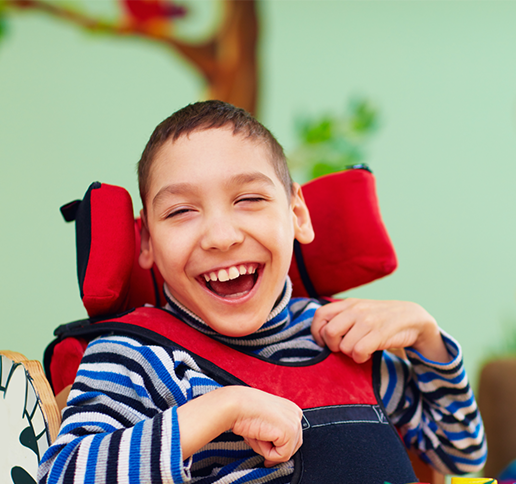
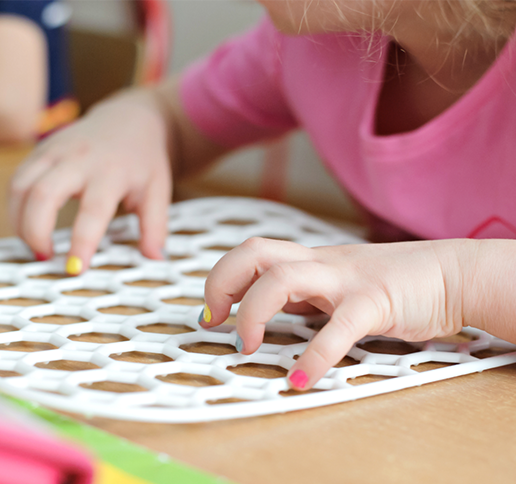
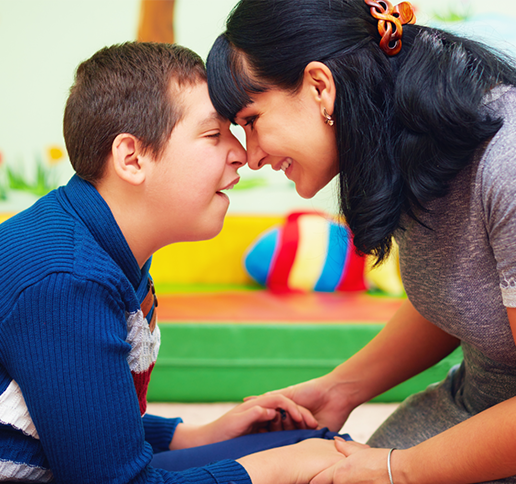

The goal of physical therapy is to make daily tasks and activities easier. For example, it may help with walking, going up stairs, or getting in and out of bed.

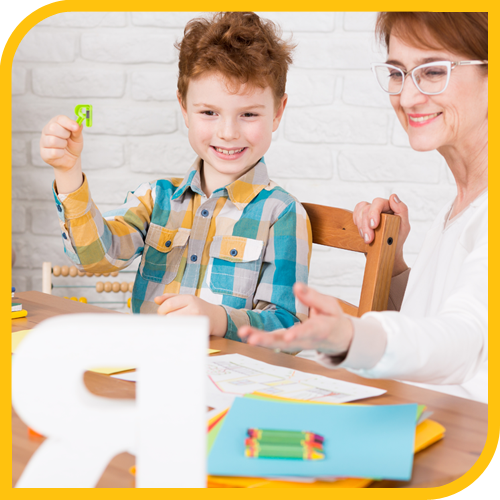
Treatment plans often involve other people with whom the client has a close relationship, e.g. family, care givers and/or teachers. SLTs usually work as part of a multidisciplinary team, alongside other health professionals such as doctors, nurses, psychologists, physiotherapists and occupational therapists. They may also liaise with professionals in education and social services.

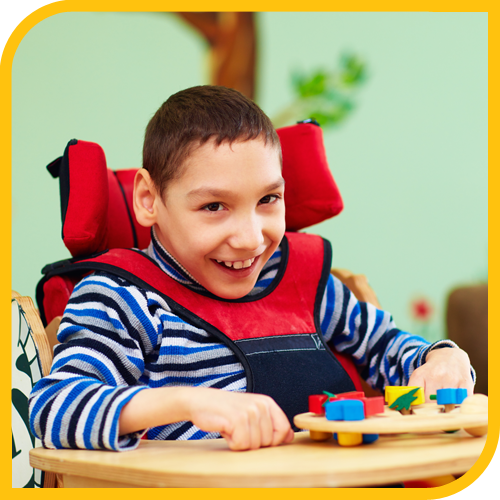
This technique acknowledges that there may be behaviors that cannot be controlled through rational thought. CBT is “problem focused” (undertaken for specific problems) and “action oriented” (therapist tries to assist the client in selecting specific strategies to help address those problems). CBT is thought to be effective for the treatment of a variety of conditions, including mood, anxiety, personality, eating, substance abuse, tic, and psychotic disorders.
Common features of CBT procedures are the focus on the “here and now”, a directive or guidance role of the therapist, a structuring of the psychotherapy sessions and path, and on alleviating both symptoms and patients’ vulnerability.

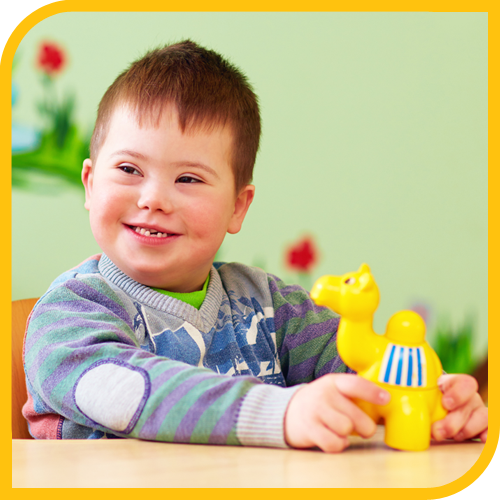
Work: effort that is exerted to do or make something, or perform a task
Leisure: free, unoccupied time in which one chooses to do something they enjoy (i.e., hobby, tv, socializing, sports, “chill out”, read, write, listen to music, travel, etc.) If you read these very carefully, you will see that any task or use of our time during the day fits into one of these three categories.
This is critical to understand as our basis for the meaning of the term “occupation”. It IS how we spend our time; whether paid or unpaid, restful or fun, obligation or choice and that which fulfills us, gives us purpose, and allows us to interact with, be productive, and function in the world around us to the best of our ability.

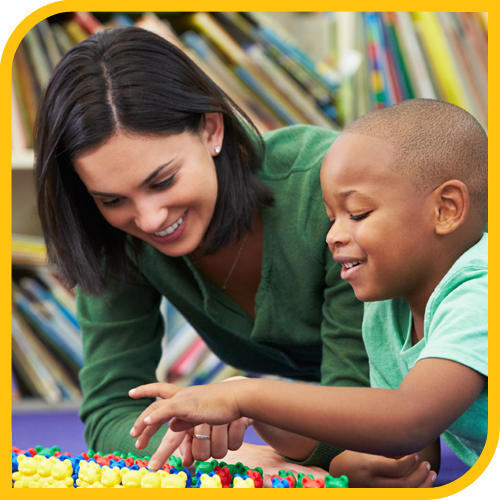
“Applied” means practice, rather than research or philosophy. “Behavior analysis” may be read as “learning theory,” that is, understanding what leads to (or doesn’t lead to) new skills. (This is a simplification: ABA is just as much about maintaining and using skills as about learning.) It may seem odd to use the word “behavior” when talking about learning to talk, play, and live as a complex social animal, but to a behaviorist all these can be taught, so long as there are intact brain functions to learn and practice the skills. That is the essence of the recovery hypothesis–for many children, the excesses and deficits of autism result largely from a learning ‘blockage,’ which can be overcome by intensive teaching.
